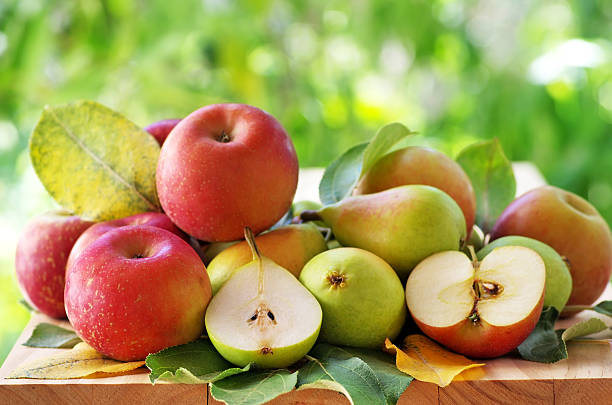



According to the latest reports, in the four weeks that have led up to 13th June 2021, the take-home fruit category has increased by over one per cent. Nevertheless, the volume sales have declined by over 6.7% since last year. This is a great difference with regards to the value of the sales from the same time a year ago. Apples have declined over 10.3 per cent in the dollar and 6.6 per cent in volume sales. This was due to a severe drop in the volumes that were purchased over several occasions. In fact, many apple varieties saw a decline in both volume and dollar sales.
Additionally, pears have also decreased in regard to dollar sales. When compared to the values of last year, they declined over 6.1 per cent, while the volume percentage remained stable at 0.3 per cent. However, the decline in this fruit was due to a sharp decline in dollar sales. This conclusion has been reached when the data was compared to that of last year’s. Other pears, such as Beurre Bosc & Corella pears, also saw the graph heading towards the negative direction. This decrease may be credited to a decline in household buying and also the frequency of purchase.
Apples and peaches were first introduced into Australia by both European and Chinese settlers at the end of the 1890s. Fruit quality, productivity and sales of temperate fruits grown have been gradually improved through the introduction and selection of better quality varieties, mainly from the USA. Over a period of time, the most suitable regions to grow these fruits have been selected. About 90% of Australia’s production is consumed domestically. Australia was a major exporter of apples to the UK in the 1970s. However, with the UK entering the European community our exports to this market collapsed. Since then, a major restructuring of most temperate fruit industries has occurred and now Australia has repositioned its exports to Japan and Southeast Asia.
Article by: Hari Yellina (Orchard Tech)